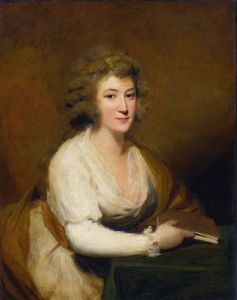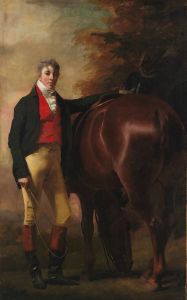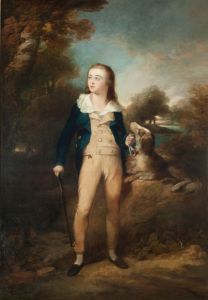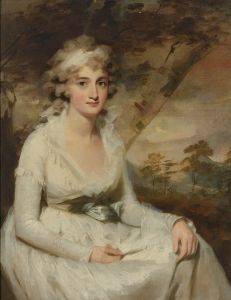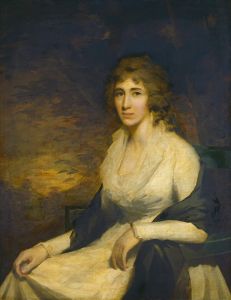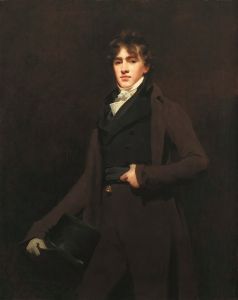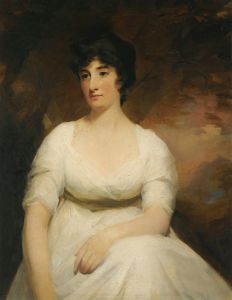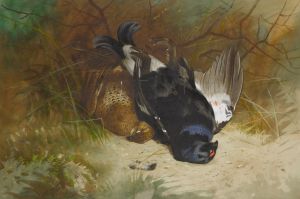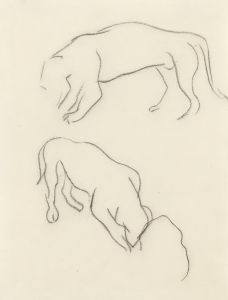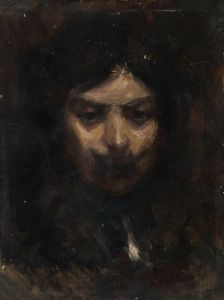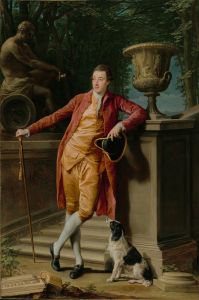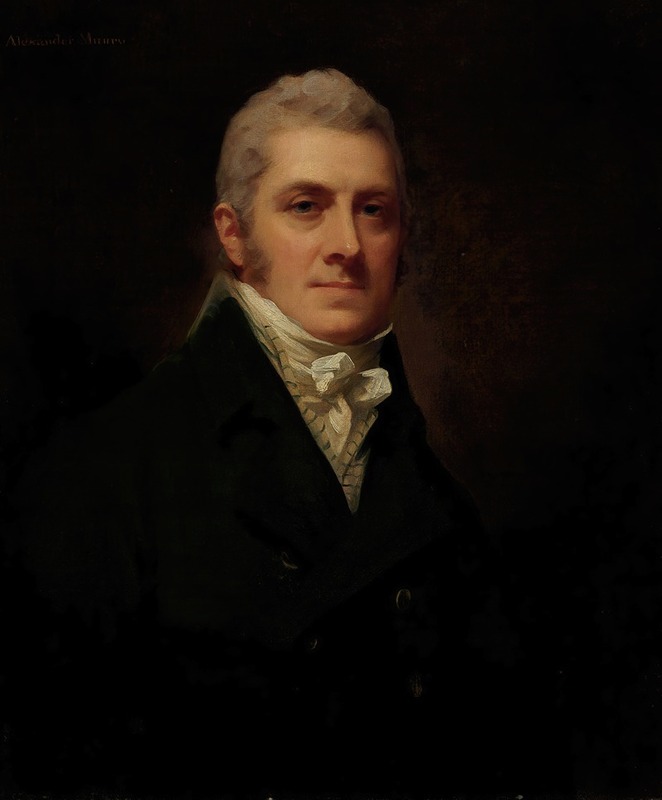
Portrait of Sir Alexander Munro
A hand-painted replica of Sir Henry Raeburn’s masterpiece Portrait of Sir Alexander Munro, meticulously crafted by professional artists to capture the true essence of the original. Each piece is created with museum-quality canvas and rare mineral pigments, carefully painted by experienced artists with delicate brushstrokes and rich, layered colors to perfectly recreate the texture of the original artwork. Unlike machine-printed reproductions, this hand-painted version brings the painting to life, infused with the artist’s emotions and skill in every stroke. Whether for personal collection or home decoration, it instantly elevates the artistic atmosphere of any space.
Sir Henry Raeburn's "Portrait of Sir Alexander Munro" is a distinguished example of early 19th-century portraiture, showcasing the artist's exceptional skill in capturing the character and presence of his subjects. Raeburn, a prominent Scottish portrait painter, is renowned for his ability to convey the personality and status of his sitters through his masterful use of light, composition, and detail.
Sir Alexander Munro, the subject of this portrait, was a notable figure in his own right, although specific details about his life and achievements are less documented compared to other historical figures. The portrait likely reflects his social standing and personal attributes, as was customary in portraiture of this period. Raeburn's portraits often served to immortalize the social elite of Scotland, capturing their likenesses for posterity and emphasizing their roles within society.
Raeburn's technique in this portrait is characteristic of his mature style, which often involved a direct and engaging approach to his subjects. He was known for his ability to depict the textures of fabrics and the subtleties of skin tones, lending a lifelike quality to his paintings. The use of light in Raeburn's work is particularly noteworthy; he often employed a strong chiaroscuro effect, which added depth and volume to his figures, making them appear almost three-dimensional.
In "Portrait of Sir Alexander Munro," Raeburn's attention to detail is evident in the rendering of Munro's attire and the thoughtful expression on his face. The background is typically understated, focusing attention on the sitter and enhancing the sense of immediacy and presence. This approach was typical of Raeburn's work, where the emphasis was placed on the individual rather than the setting.
Raeburn's portraits were highly sought after during his lifetime, and he was appointed as the King's Limner for Scotland in 1822, a testament to his standing as one of the leading portraitists of his time. His work remains highly regarded today, with many of his portraits held in prestigious collections, including the National Galleries of Scotland.
The "Portrait of Sir Alexander Munro" exemplifies Raeburn's ability to blend technical skill with psychological insight, creating a work that is both a likeness and a study of character. While specific details about Munro's life may not be extensively recorded, the portrait itself serves as a historical document, offering insights into the fashion, aesthetics, and social dynamics of early 19th-century Scotland.
Raeburn's legacy as a portrait painter is significant, influencing subsequent generations of artists and contributing to the rich tradition of Scottish art. His portraits continue to be studied and admired for their artistic merit and their ability to convey the essence of their subjects with clarity and empathy.






